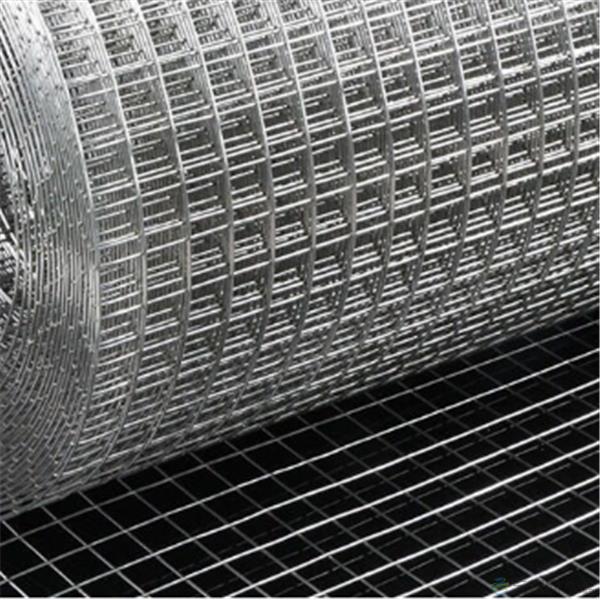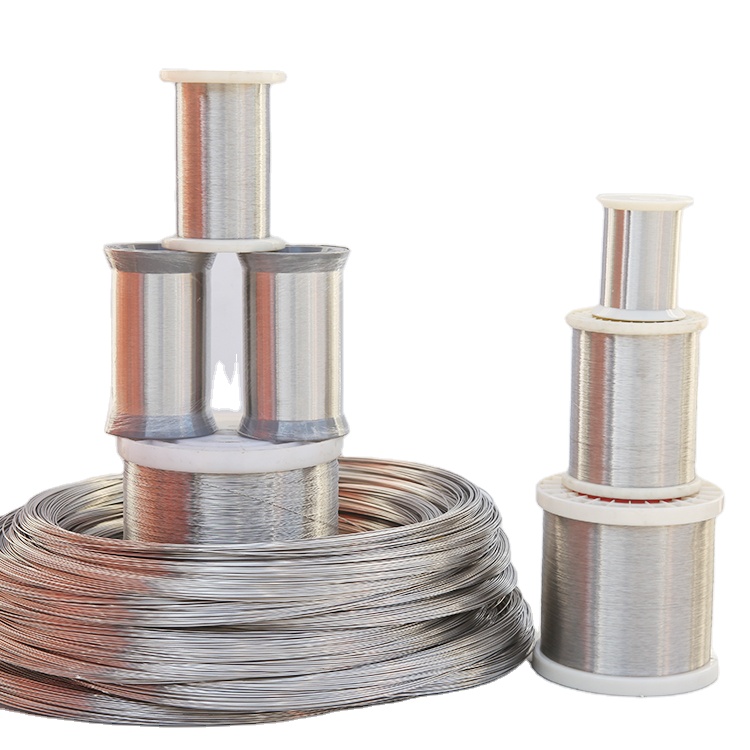Search Product
Search here for what you are looking for:
Search here for what you are looking for:
Stainless steel is a remarkable material renowned for its resistance to corrosion and oxidation. In various industries, stainless steel plays a crucial role due to its exceptional properties. This article explores the significance of stainless steel woven mesh, delving into the fundamental knowledge of stainless steel and its impact on the performance of woven mesh.
Understanding Stainless Steel:
Stainless steel is a type of steel that exhibits high chemical stability, making it resistant to rust, oxidation, and corrosion in diverse environments. It finds extensive application in industries such as chemical, petroleum, electronics, and national defense, where its unique properties are irreplaceable. In the realm of metal woven mesh, stainless steel wire is the most widely used material.
Key Elements and Their Influence:
Several essential elements in stainless steel contribute to its properties:
Chromium (Cr): Chromium is the primary factor determining the corrosion resistance of stainless steel. The formation of a dense passivation film, initiated by chromium, enhances the alloy's resistance to corrosion. Stainless steel must contain a minimum of 11% chromium to be classified as such.
Nickel (Ni): Nickel is responsible for the formation of austenite in stainless steel, which significantly enhances its corrosion resistance, high-temperature resistance, and processing capabilities. Higher nickel content in stainless steel improves its suitability for drawing fine wires and microfilaments.
Molybdenum (Mo): The addition of molybdenum enhances the corrosion resistance of stainless steel by further passivating its surface. It also improves the tensile strength of stainless steel.
Carbon (C): The carbon content in stainless steel affects its corrosion resistance and hardness. Higher carbon content reduces corrosion resistance but improves hardness.

Types of Stainless Steel Grades:
Stainless steel grades include austenite, ferrite, martensite, and duplex stainless steel. Among these, austenitic stainless steel stands out for its excellent overall performance, non-magnetism, high toughness, and plasticity, making it the ideal choice for wire mesh processing. Common austenitic stainless steel grades include 302, 304, 304L, 316, 316L, and 321. For instance, 304 and 304L wires offer good corrosion resistance and comprehensive performance, making them widely used in stainless steel mesh production. On the other hand, 316 and 316L wires, with their high nickel and molybdenum content, are suitable for drawing microfilaments, providing excellent corrosion and high-temperature resistance, particularly for high mesh density mesh applications.
Time Effect and Woven Mesh Applications:
Stainless steel wire exhibits a time effect, whereby the deformation stress reduces after being left at room temperature for a period. This characteristic makes stainless steel wire more suitable for woven mesh applications after a certain aging period.
Stainless steel woven mesh possesses remarkable properties, including acid resistance, alkali resistance, high-temperature resistance, tensile strength, and wear resistance. As a result, it finds extensive use in various industries. For example, in the petroleum industry, stainless steel woven mesh serves as a mud filter, while in chemical fiber production, it acts as a screen filter. The electroplating industry benefits from its utilization, and it also finds applications in industries such as metallurgy, rubber, aerospace, military, medicine, and food for gas and liquid filtration and medium separation purposes.

Stainless steel woven mesh owes its exceptional properties to the fundamental characteristics of stainless steel. The precise composition of elements such as chromium, nickel, molybdenum, and carbon determines the corrosion resistance, high-temperature resistance, and other essential attributes of stainless steel. By leveraging its acid resistance, alkali resistance, and wear resistance, stainless steel woven mesh caters to diverse filtration and separation needs in various industries. Its versatility and reliability make it a vital component in critical applications across different sectors.